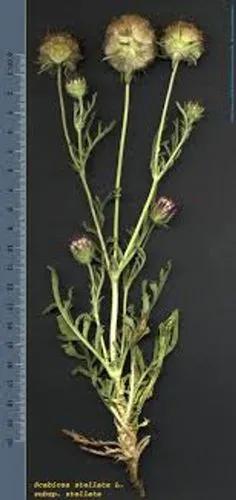Mint is perhaps the easiest herb to grow at home due to its vigorous growth habit and low maintenance care. The plant is commonly grown for consumption, but by keeping it healthy and lush, Mint can also be a beautiful houseplant.
Mint Care
Mentha



The Mentha (Mint) genus consists of about 15-20 plants, each originating from a different part of the world. In addition to these registered species, many hybrids are growing in the wild. Mint has been found growing in every part of the world; thus, it is adaptable to all kinds of environmental conditions.
In many parts of the world, Mint is considered an invasive species. This is because it can grow rapidly and overtake other plants in the blink of an eye. Mint is grown as an aromatic, perennial outdoor herb or indoor plant.
Mint plants can grow 4–48 in (10–120 cm) tall. Their foliage has a distinctive ovate shape with serrated edges. Each variety has its own unique characteristics, such as fuzzy or glossy leaves, hairy petioles, or fragrant blooms. A few well-known Mint varieties are Spearmint, Peppermint, Sweet Mint, and Chocolate Mint.
How to Care for the Plant

Water

Mint plants are forgiving and can tolerate both under and overwatering very well. However, to keep the plant looking its best, it's recommended to water when the top layer of soil feels dry.

Pruning

As you may know, Mint is invasive and can outgrow their space rapidly. For this reason, it’s best to trim the plant regularly to keep it from becoming unruly. There are no rules for pruning Mint, but remember that new stalks will grow from where the plant was cut, so use this to your advantage.

Fertilizer

Mint plants need to be fertilized regularly to maintain their growth rate. We recommend using an all-purpose fertilizer every six weeks. If you plan on harvesting your Mint year-round, feed this greenie throughout the year.

Sunlight

Try to give your Mint as much light as possible. This plant is prone to sunburn, so keep it in a bright place with indirect sunlight. West- or east-facing window would be the best.

Soil

Mint can grow in almost any soil, so a standard potting mix for indoor plants is ideal. A soil specifically combined for herbs will work even better. There is no need to amend the soil before planting, as Mint plants are not picky.

Propagation

It's easy to propagate Mint. No matter the season, simply snip a stem off the mother plant and stick it in water. The plant will develop roots and new foliage within weeks. Replant the new greenie once the roots reach about 2-3 inches (5-8 cm). It's also possible to keep the cutting in water indefinitely, as the plant can grow in plain old water for many years.

Temperature

Ideally, the Mint prefers temperatures between 55 and 70_°F (13–21°C). Grown indoors, the plant will thrive year-round as long as temperature does not drop below 50°F (10°_C).

Container

Choosing the right container is a big part of Mint care. Due to the plant's vast growth, it needs a pot supporting its size. Aim for at least 4 inches (10 cm) larger pot than the Mint's root ball. Make sure there's at least one drainage hole at the bottom. On average, the plant needs to be repotted every year.

Fun fact

Mint has been around for centuries. The first remnants of this plant were found in ancient Egyptian texts dating back to 1500 BC. This herb was used to soothe flatulence and an upset digestion system. Other texts have shown that the ancient Greeks and Romans used Mint for similar reasons. And even today, Mint is praised for its ability to relieve digestive issues and stomach aches.

Additional

As an edible herb, it is non-toxic to humans. However, according to the ASPCA, the essential oils in mint are toxic to dogs, cats, and horses. If a lot is ingested, it can cause vomiting and diarrhea.

Popularity

9,662 people already have this plant 2,327 people have added this plant to their wishlists

Common pests

Thrips, aphids, spider mites, whiteflies, and gnats can attack the Mint plant. It's recommended to introduce beneficial pests or use insecticide to cope with infestation.

Frequent diseases

Although Mint is relatively disease-resistant, some varieties can be prone to Rust or Vertillicum Wilt. Young, stressed, or damaged plants are prone to fungal infections. Thus, the best prevention method is maintaining proper care and maintenance.

Botanist’s tips

Discover more plants with the list below
Related articles






